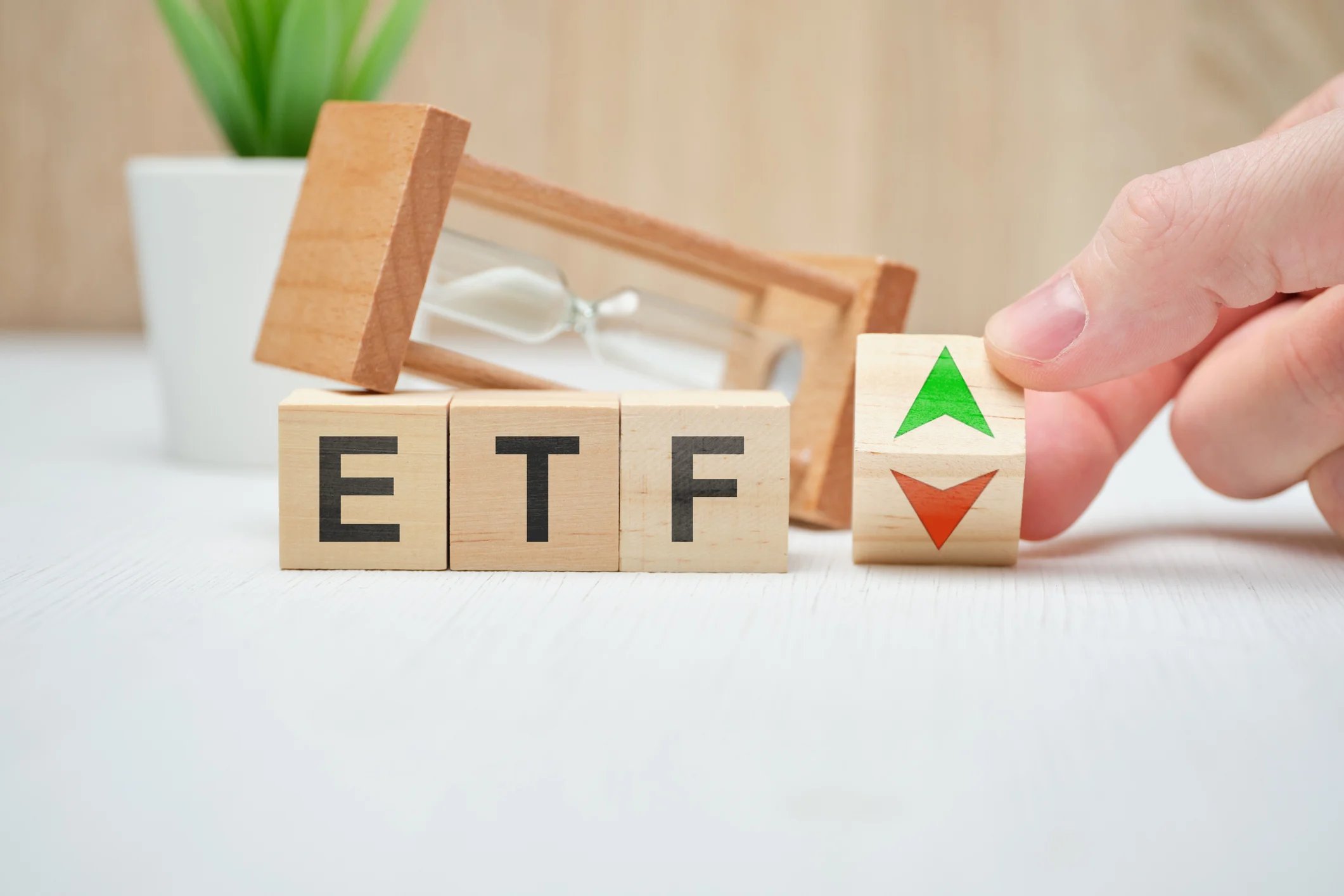Dividend-paying equities tend to be highly sensitive to interest rates. When interest rates spike, money managers generally move into safer assets like bonds to take advantage of their high-income potential, although the current market -- driven by the hype over artificial intelligence (AI) -- stands out as an anomaly.
The bigger picture is that with a series of rate cuts looming within the next 12 months, investors should be considering how to position their portfolios ahead of this event. Based on this theme, one strategy to consider is buying high-yield equities or an exchange-traded fund (ETF).

Image source: Getty Images.
Oddly, stocks with yields above the 6% mark tend to perform poorly over periods under 10 years. But over extended periods greater than 10 years, these equities frequently deliver above-average returns, compared to benchmarks like the S&P 500.
High-yield stocks are top long-term value creators
Want proof? Tobacco giant Altria (MO 0.61%) is a dyed-in-the-wool income stock. It sports a yield of 8.42%, offers limited growth opportunities due to the secular decline in smoking, and has struggled to find viable growth avenues outside its core tobacco business.
In the past five years, Altria's shares have underperformed the S&P 500 by a wide margin:
MO Total Return Level data by YCharts
Over the past four decades, however, Altria's shares have crushed this benchmark index:
MO Total Return Level data by YCharts
High-yield dividend ETFs generally disappoint
However, most high-yield dividend ETFs have a terrible track record compared to low-cost S&P 500 tracking vehicles. The Global X SuperDividend ETF (SDIV +0.71%) and the Global X NASDAQ 100 Covered Call ETF (QYLD +0.06%) are prime examples.
Despite offering yields of nearly 12%, these two income-oriented funds have dramatically underperformed the S&P 500 since inception.
The graphs underscore the long-term underperformance of the Global X SuperDividend ETF and the Global X NASDAQ 100 Covered Call ETF relative to the Vanguard S&P 500 ETF:
In both cases, these income ETFs failed to produce positive returns for shareholders when the dividends weren't reinvested, undermining their utility as passive income vehicles.
This derivative income ETF is cut from a different cloth
The JPMorgan Equity Premium Income ETF (JEPI +0.14%) is an actively managed ETF designed to deliver monthly income and steady capital appreciation. Its stock and options portfolio is crafted to generate returns on capital comparable to the S&P 500, but with a lower degree of volatility.

NYSEMKT: JEPI
Key Data Points
The JEPI isn't a market-beating vehicle, but it has lived up to its dual mandate of generating positive annual returns and above-average levels of monthly income since inception. The same cannot be said of most of its derivative income contemporaries.
What's the trick? The JEPI produces monthly income by writing out-of-the-money call options on the S&P 500. The fund's management team aims for a 12-month rolling dividend yield of 7.98% and a 30-day SEC yield of 6.98%, putting it in the top 40% of derivative income funds in terms of yield.
In practice, however, the fund's yield has fluctuated substantially over time:
JEPI Dividend Yield data by YCharts
What's the drawback? The JEPI is actively managed, necessitating a 0.35% management fee and a high turnover ratio.
This derivative-income ETF is also arguably better suited for investors close to, or in, retirement, due to its lower growth potential relative to a low-cost S&P 500 indexing vehicle and unique tax implications.
Alternatively, younger investors who wish to build a passive income stream with this ETF would be wise to do so via a tax-advantaged account, such as a Roth IRA. To be frank, though, there are far better investing options for individuals with a 10-year horizon due to the JEPI's high turnover rate and derivative income strategy.
All told, the JEPI is a standout passive income vehicle that deserves consideration by investors on the hunt for a reliable monthly check.














